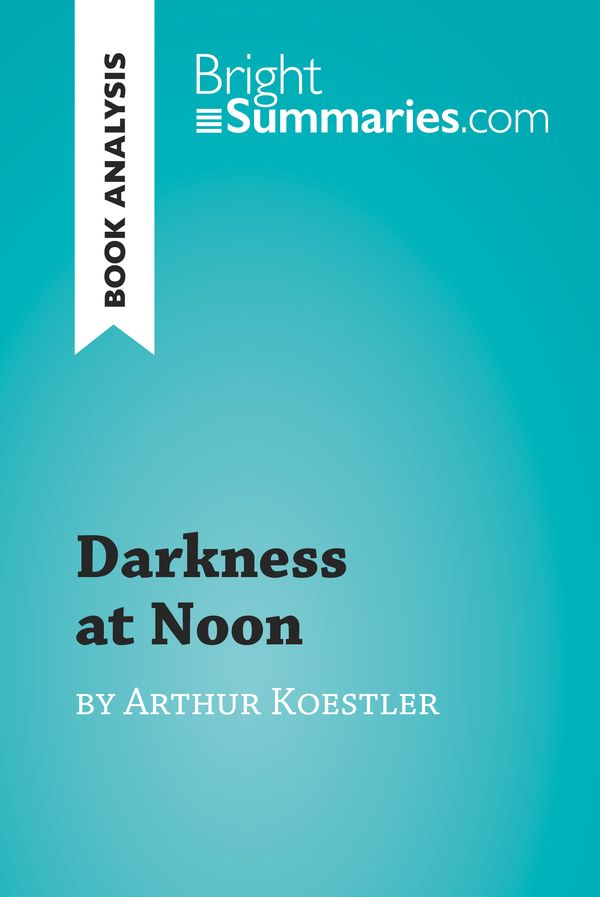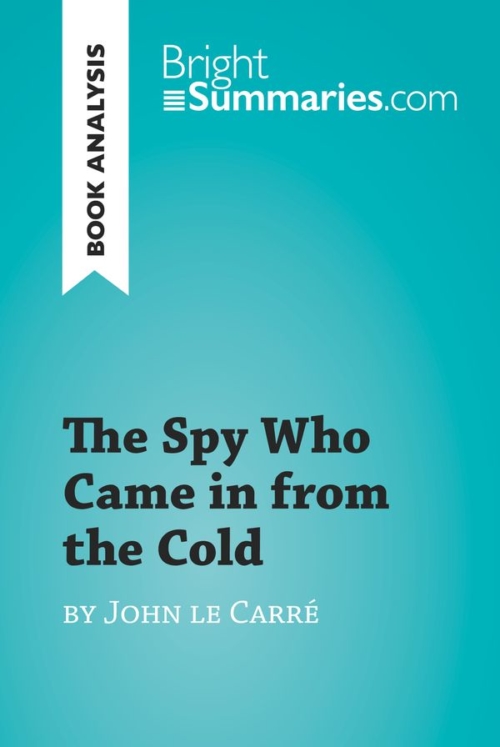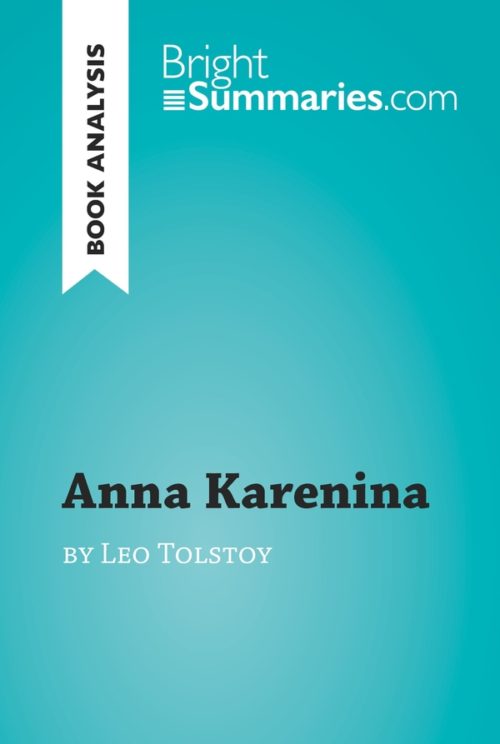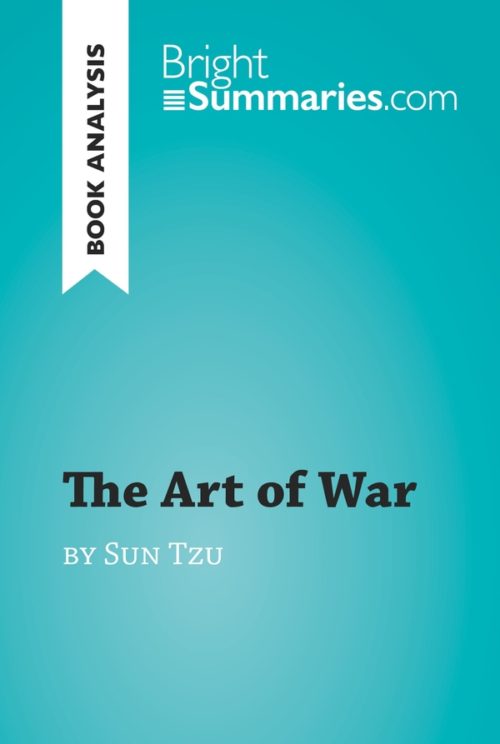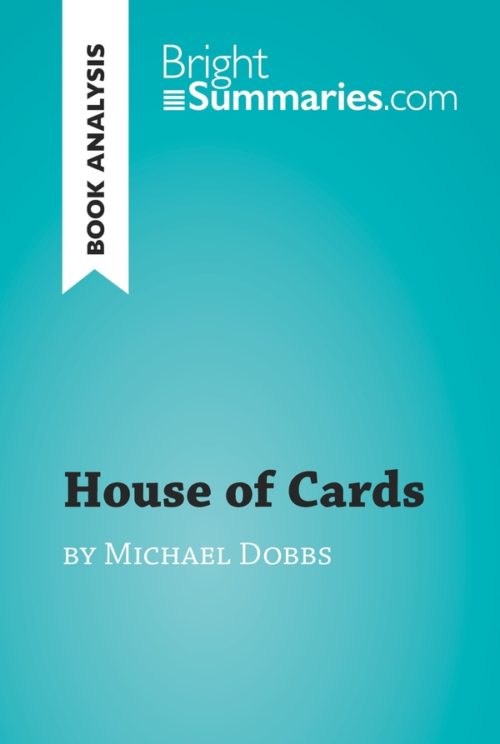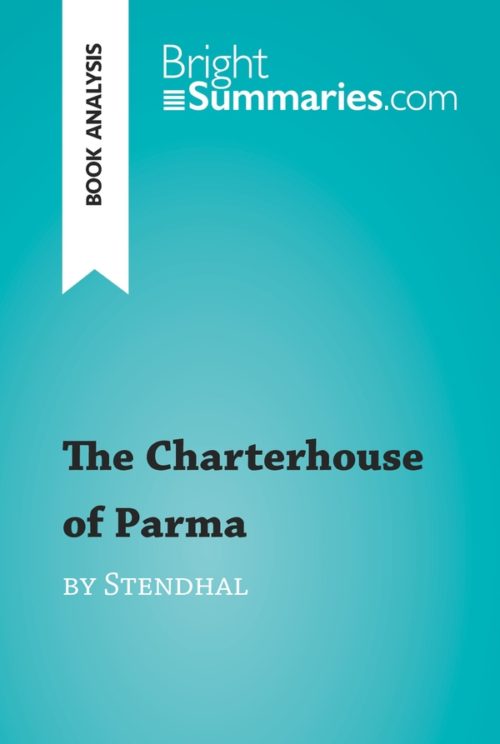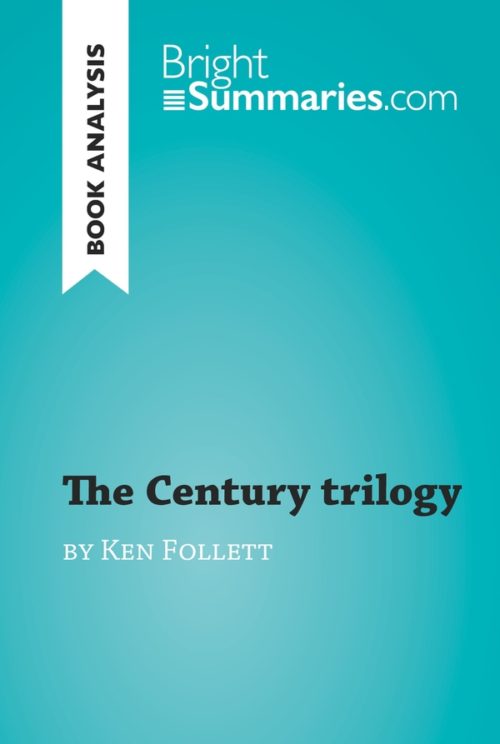Darkness at Noon by Arthur Koestler (Book Analysis)
Darkness at Noon by Arthur Koestler (Book Analysis)
Detailed Summary, Analysis and Reading Guide
Read more
This practical and insightful reading guide offers a complete summary and analysis of Darkness at Noon by Arthur Koestler. It provides a thorough exploration of the novel’s plot, characters and main themes, including political change, personal responsibility and the role of the individual versus the collective. The clear and concise style makes for easy understanding, providing the perfect opportunity to improve your literary knowledge in no time.
This clear and detailed 54-page reading guide is structured as follows:
- Biography of Arthur Koestler
- Presentation of Darkness at Noon
- Summary of Darkness at Noon
- Character study
- Nicholas Salmanovitch Rubashov
- Ivanov
- Gletkin
- Wassilij
- The Prisoners
- Prisoner 402
- Hare Lip
- Michael Bogrov
- Analysis of Darkness at Noon
- Me or we?
- Out with the old, in with the new…
- Who shot Cock Robin?
- The inner conflict
- I had a dream…
- The meaning beneath
- Roots and branches
About Darkness at Noon
Darkness at Noon is Arthur Koestler’s best-known work and is frequently ranked among the finest novels of the 20th century. It is closely based on Stalin’s show trials and purges of the 1930s (though it does not refer to the Soviet regime directly) and tells the story of a high-ranking functionary who, despite his longtime devotion to the Party, is accused of treason. Over the course of his imprisonment and trial, he is forced to reflect on the political sea change that these accusations represent, as well as on the Party’s past crimes and his own complicity in them.
About Arthur Koestler
Arthur Koestler was a Hungarian-born British novelist, dramatist and journalist. He applied for membership of the Communist Party of Germany in 1931 and worked as a journalist for the British press during the Spanish Civil War, which saw him captured and imprisoned by fascists. He became disillusioned with the Communist movement as it was led away from its original course by Stalinism, and this disillusionment inspired some of his most influential works.
Product details
| ISBN | 9782808018562 |
|---|---|
| Publisher | Plurilingua Publishing |
| Collection | Brightsummaries.com |
| Format | |
| Pages | 54 |
| File size | 2.2 MB |

